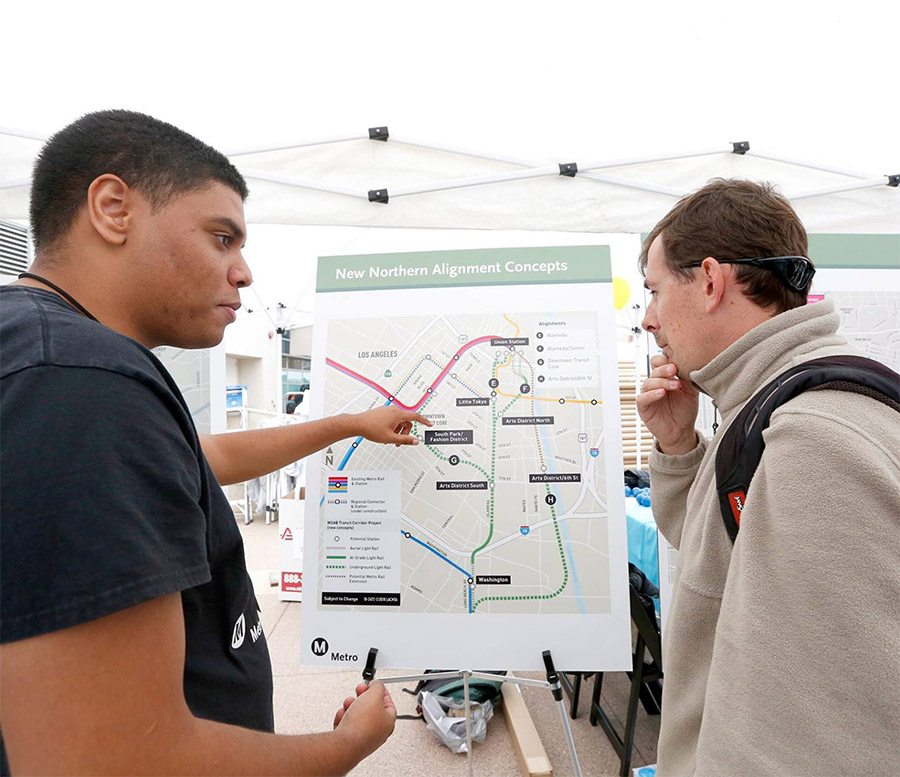By Anthoni Cefali, CNT Young Innovators
Chicago’s climate resilience has been widely discussed following a number of extreme weather events on the East Coast and devastating drought in California, but its economic resilience may deserve just as much attention. Home to Fortune 500 companies and a vibrant tech scene along with the manufacturing muscle that fueled a population boom in the early 1900s, Chicago’s diverse economy employs 4 million people and produces a gross regional product north of $500 billion. Freight plays a key role in this economy, with one out of every four jobs in Chicago touching the freight industry in some way.
Founded in the early 1800s as a trading post, Chicago grew to accommodate commerce throughout the region. The transcontinental railroads made Chicago a destination for commerce and leisure alike, as businessmen and travellers stopped to take in the city’s abundant vices and night life, according to Thomas Dyja in his book The Third Coast. Chicago remains a rail town with 500 trains passing through the city every day, including a robust commuter and passenger rail network.
When most people think of freight trains they think of one thing: delays. And this is a very real concern. According to the Chicago Metropolitan Agency for Planning (CMAP), drivers spend over 7,800 hours waiting for trains on any given weekday. This says nothing of the time Amtrak and Metra passengers incur waiting for freight because of the right-of-way railroad structure in which passenger rail takes a back seat to freight. A system like this doesn’t seem overly resilient.

This is where the Chicago Regional Environmental and Transportation Efficiency Program, or CREATE, can ensure the long-term sustainability and resiliency of Chicago’s tremendous railroad and transportation assets. The CNT Young Innovators and the Young Professionals in Transportation recently hosted a panel of freight experts at MAKE Offices in the Loop to discuss Chicago’s freight history and how CREATE provides a path to a prosperous future. Transportation experts from the Illinois Chamber of Commerce, CDOT, CMAP, CNT and the Environmental Law and Policy Center made their cases for the importance of CREATE and how it will benefit transit, passenger rail, shipping, and the environment.
Simply put, CREATE is public-private-partnership between six of North America’s seven major railroad companies – along with Metra and Amtrak, the State of Illinois, the City of Chicago, and the U.S. Department of Transportation – that seeks to improve efficiency of Chicago’s regional railroad network. CREATE consists of 70 projects throughout region that strive to detangle right-of-way conflicts that involve both passenger rail and freight, or simply at-grade crossings and poor signaling. Chicagoans stand to benefit from the decreased delays and vast air quality improvements because there will be less idling of cars and trains. So far, 23 projects have been completed, with eight more under construction and a number of others with secured funding. You can see an interactive visual on CMAP’s website.
Among all the work to be completed as part of CREATE, the 75th Street Corridor Improvement Project (CIP) stands to make the largest impact on passenger rail’s role in fostering economic and environmental resilience. Six major railroads converge at 75th Street near Western Avenue, affecting the Chicago neighborhoods Ashburn, Englewood, Auburn Gresham, and West Chatham. The laundry-list of to-do items includes:
- Separating the north-south trains and east-west trains that cross at 75th and Western Avenue, causing delays.
- Reorganizing the five tracks that converge at 75th and Loomis, the Belt Junction. As it stands, only one train can pass at a time at this section.
- Untangle the six tracks converge at the 80th Street Junction—80th Street and Wallace Avenue—frequently causing backups.
- Provide a more efficient Metra right-of-way to meet expectations of growing ridership.
By eliminating right-of-way conflicts and prioritizing pedestrian movement and improved infrastructure aesthetics—many of the viaducts in the neighborhood have casually eroded over time—the 75th CIP will make a positive impact at both the local and regional level. CREATE has identified a number of similar opportunities throughout the region that balance the high demands of commerce and freight with the importance of resilience and environmental protection. Delays create negative externalities in terms of hours lost for drivers and train passengers, but they also cause more emissions and noise pollution that have a direct negative effect on nearby neighborhoods.
Sure, CREATE carries an enormous price tag—the Englewood Flyover cost $141 million. But what about the cost of doing nothing? Without an efficient and effective regional rail system, Chicago’s economy will slow and jobs will go elsewhere. The infrastructure in place has attracted countless businesses to the region and made Chicago a global economic powerhouse. Considering this, the cost of doing nothing may be too great.
 Anthony Cefali is a member of the CNT Young Innovators associate board, which hosts social and educational event for our community of rising urban sustainability leaders.
Anthony Cefali is a member of the CNT Young Innovators associate board, which hosts social and educational event for our community of rising urban sustainability leaders.





 Strengthening Transit Through Community Partnerships
Strengthening Transit Through Community Partnerships